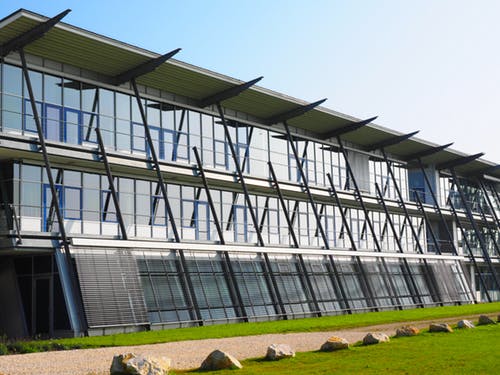Traffic lights are frequently overlooked, despite their critical role in traffic safety. Without them, we would be unable to travel the roads safely, much less with the volume of traffic that exists today. Given that over 40% of all crashes occur at junctions, it’s quite evident that without those investing their time and resources in developing this road safety technology, things may get much worse.
Traffic Light History
We will take a look at the often-overlooked history of the traffic light and see how it helped pave the path for road safety over time.
1869-1920
The birth date of the world’s first traffic light is December 10, 1868. It was installed in London’s Parliament Square. Two movable signage were attached to pivoting arms that were operated by a lever. To ensure visibility, the post was topped with a gas-lit semaphore. However, it was brief. Less than a couple of months later, the traffic light detonated, killing the officer in charge of the signage.
The world had to wait 46 years after widespread electricity usage before the first dual-colored traffic light powered by this new source was installed in Cleveland, Ohio. In 1920, Detroit and New York City introduced yellow between red and green. The modern traffic light was invented and quickly became a global standard.
The 1920s
In 1923, Paris constructed the city’s first mechanical traffic signal powered by electricity at Boulevard de Strasbourg and Grands Boulevards. The majority of Europe’s leading cities followed suit shortly after that. Berlin in 1924, Milan in 1925, Rome in 1926, London in 1927, Prague in 1928, and Barcelona in 1930. And in 1931, the system was exported to Tokyo. Making traffic signal construction and maintenance widespread all over the globe.
1930s
On March 30, 1931, the first Convention on the Unification of Road Signals was signed in Geneva. Its objective was to improve road traffic safety and promote international road travel by establishing a standardized set of road signals. This treaty defines the majority of indicators that we recognize today. Three-color traffic signals (red, yellow, and green) became the standard.
1950-1970
The use of computerized detection at traffic lights is becoming more common. A pressure plate was installed at junctions so that computers could detect when a car was waiting at a red light. As computers became more sophisticated, they could monitor traffic and change lights in an even more efficient manner.
1990s
If you remember back in the day, traffic lights were fitted with a countdown timer to warn pedestrians whether or not they had enough time to cross the street before the signal turned color.
2010s
Vehicles that are connected to the internet can communicate with traffic signals and with other cars. This can significantly enhance speed, timing, and efficiency at intersections, possibly by as much as 40% as more vehicles are connected. Infrared thermology also made traffic light systems less prone to failure.
Pedestrian-Specific Lighting
Following the tri-colored traffic lights, pedestrian signals arrived. They began in a variety of shapes but matched the colors of vehicles: red and green. They frequently indicated “Wait” in red and “Walk” in green, whether circular, square, or rectangular. In 1974, rules established the statistics we know today in response to concerns about foreign speakers and the need for international standards. However, pedestrian signals were first overlooked due to their high cost and dubious utility. Since 1955, at least in Paris, they have been put systematically at the city’s crossings.
Conclusion
As global traffic increases, so does our reliance on traffic signals. In the future, networked automobiles will almost certainly communicate with traffic lights and other vehicles, allowing traffic to flow even more freely as traffic volumes increase.



